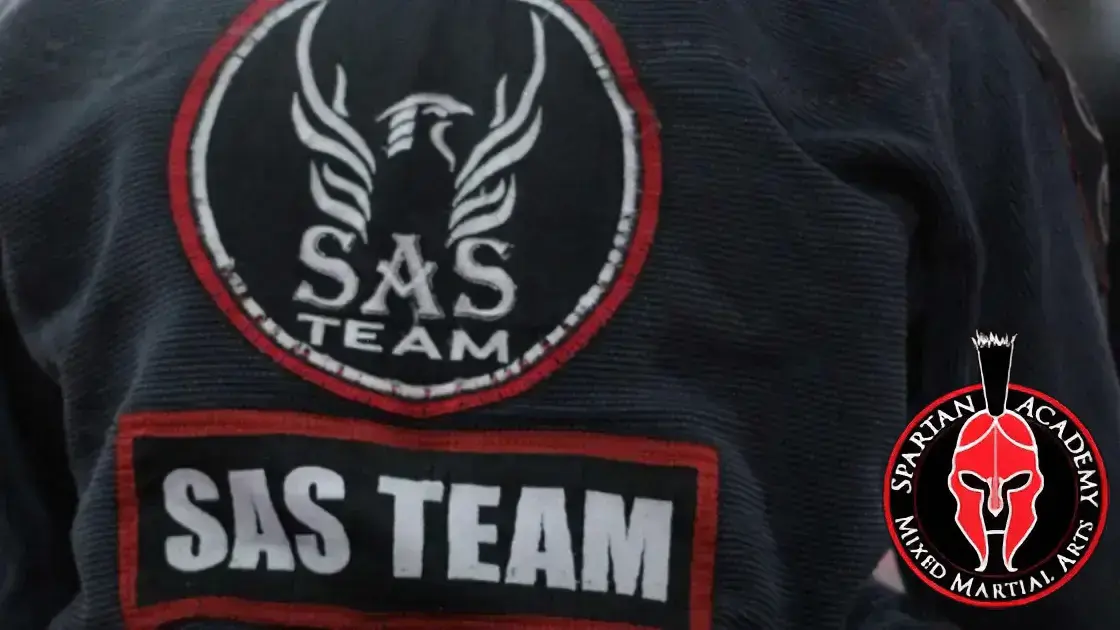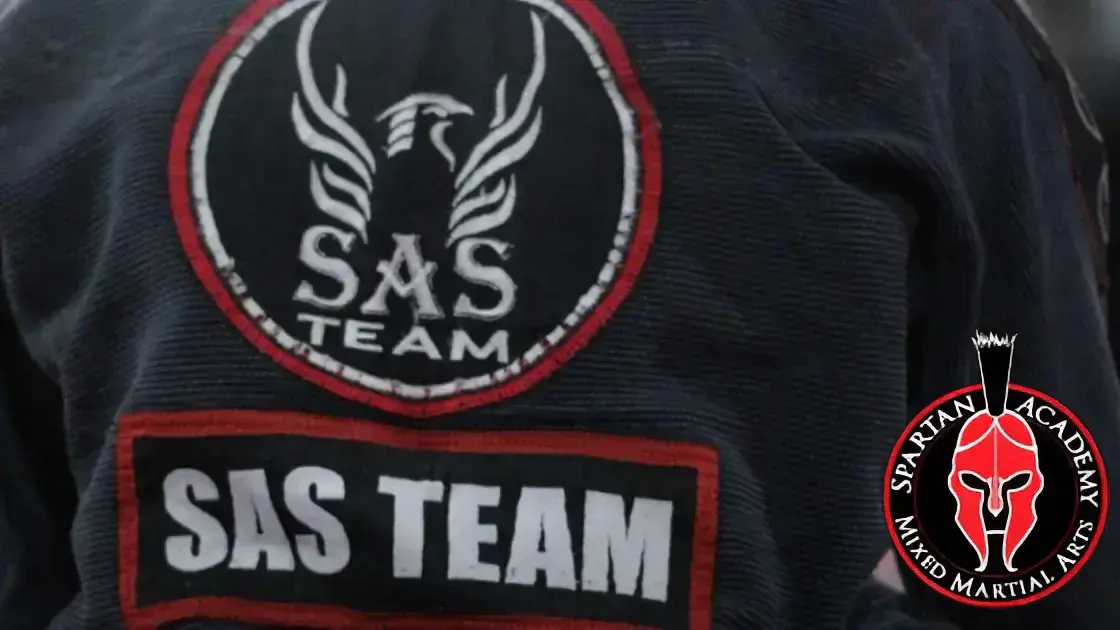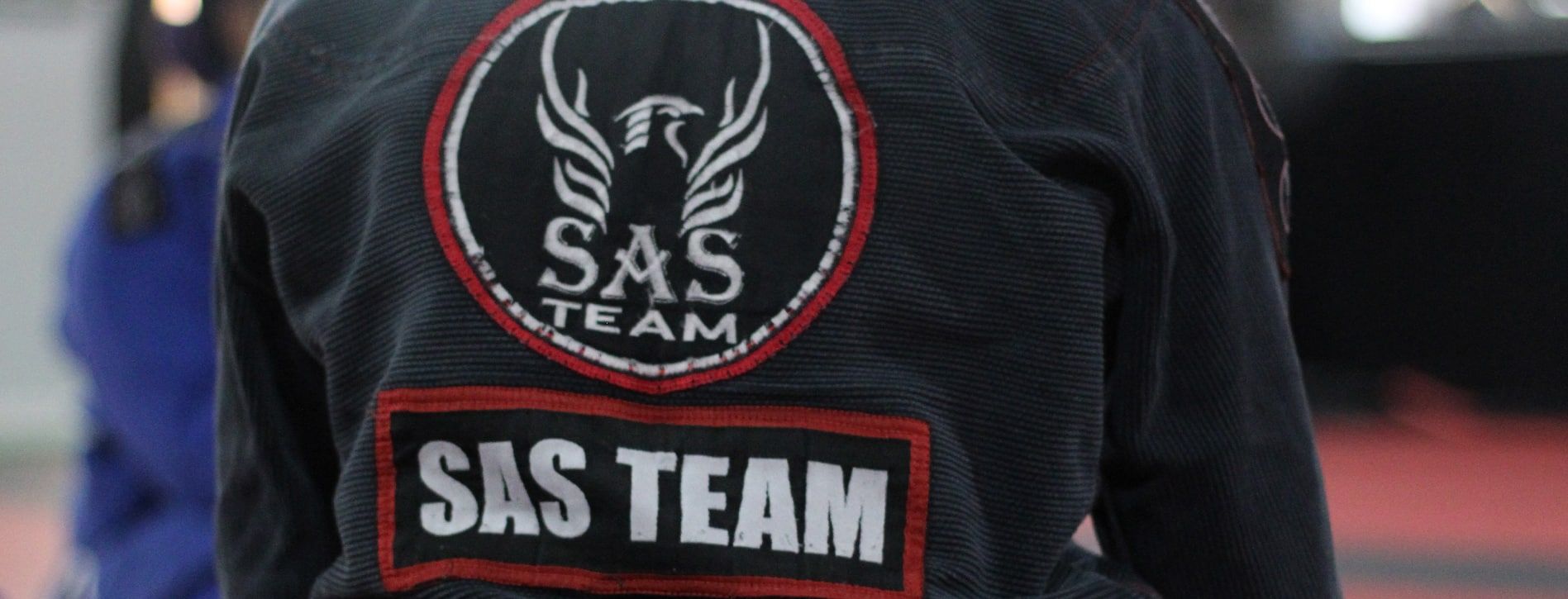Some people might wonder if Jiu Jitsu is a dangerous sport or what does Jiu Jitsu teach you. Let’s delve into the topic and explore the risks associated with this amazing martial art.
Although Jiu Jitsu is generally considered safer than striking martial arts, it’s not without its potential dangers. There is a possibility of serious injuries during sparring matches, and overtraining can also pose risks.
So, how can you minimize these risks and ensure a safe training experience? Let’s find out.
Table of Contents
TogglePotential Hazards in Jiu Jitsu
When practicing Jiu Jitsu, it’s important to be aware of potential hazards in order to stay safe during training. Brazilian jiu jitsu (BJJ) comes with its fair share of risks that can lead to serious injuries.
During sparring sessions, it’s not uncommon to experience sprains and strains, which can be quite painful. Neck injuries are also a significant concern in BJJ, as forceful movements and submissions can put strain on the neck, potentially causing long-term damage.
Also, the mats used in BJJ training can harbor bacteria, fungus, and skin infections if it’s not well cleaned, so it’s crucial to prioritize a school that has very good hygiene practices.
Head injuries, including concussions, are another risk to be mindful of in jiu jitsu due to the forceful impacts involved in certain techniques. To minimize the risk of serious injury, it’s important to wear appropriate headgear and mouth guards.
It’s worth noting that the types of injuries one may experience in jiu jitsu can vary depending on individual approach, training partners, and the policies and practices of the BJJ school. Therefore, it’s always advisable to prioritize safety and take necessary precautions.
Common Injuries in Jiu Jitsu
Injuries are quite common in the practice of Jiu Jitsu. The intense training and sparring sessions involved in BJJ often lead to a range of injuries, including sprains, strains, and injuries to the neck, fingers, shoulders, and knees.
Let’s take a closer look at some of the most common injuries in Jiu Jitsu:
Sprains and Strains:
About 9 out of 10 practitioners experience at least one injury, and sprains and strains are among the most common. These injuries can happen suddenly from quick movements, joint locks, or takedowns.
Neck Injuries:
Given the nature of grappling and ground control techniques, neck injuries are a significant concern in Jiu Jitsu. Chokes and submissions can put strain on the neck muscles, resulting in muscle strains or even more serious injuries.
Fingers:
Gripping and controlling opponents is a fundamental part of Jiu Jitsu, which makes fingers more prone to injury. Finger sprains, dislocations, and fractures are common among practitioners.
Shoulders:
Takedowns and submissions can put a lot of stress on the shoulders, leading to injuries like dislocations, strains, or tears in the rotator cuff.
Knees:
Various positions and movements in Jiu Jitsu can strain the knees, making them susceptible to injuries such as strains, ligament tears, and meniscus tears.
It’s important for BJJ practitioners to be aware of the risk of injury and to prioritize safety during training. Proper warm-up, technique execution, and knowing when to tap out can help minimize the occurrence of injuries. But if you have the right guidance, you will for sure minimize these risks.
Health Risks and Safety Precautions
To ensure a safe training environment and minimize the risk of injuries in Brazilian Jiu-Jitsu (BJJ) classes, it’s important to be aware of potential health risks and follow safety precautions. Although BJJ is a combat sport with inherent risks, it’s generally considered one of the safest martial arts to train in. However, it’s crucial for new students to understand and respect the potential dangers involved.
Taking proper precautions can help avoid major injuries. This includes using safe sparring techniques, choosing training partners wisely, and incorporating basic body movements and flexibility exercises. Trust and comfort between teammates are also essential for creating a safe training environment. Additionally, avoiding overtraining and tapping more often can help prevent injuries.
Understanding the Dangers of Overtraining
Understanding the dangers of overtraining is crucial for maintaining your physical and mental well-being in Brazilian Jiu-Jitsu. Training too much without giving your body the rest it needs can have negative consequences on your performance. Here are three important things to consider:
- Diminishing Returns: When you train excessively without proper rest, you may actually see a decrease in your performance and progress. Your body needs time to recover and adapt to the demands of training. So, it’s important to find a balance between pushing yourself and giving yourself enough rest.
- Increased Risk of Injuries: Overtraining can push your body beyond its limits, making you more susceptible to injuries like spondylolisthesis. It’s essential to incorporate rest and recovery periods into your training routine to minimize the risk of overuse injuries. Listen to your body and give it the time it needs to heal and recover.
- Mental Burnout: Overtraining doesn’t just affect your physical health, but it can also take a toll on your mental well-being. It can lead to exhaustion, decreased motivation, and even depression. Taking breaks and giving yourself time to relax and recharge is important for maintaining your mental health.
The Importance of Injury Prevention in Jiu Jitsu
Injury prevention is crucial in Brazilian Jiu-Jitsu for beginners to ensure a safe and rewarding training journey. BJJ can be physically demanding and potentially hazardous, but by implementing the proper precautions, you can mitigate the risk of significant injuries.
One important aspect of injury prevention in BJJ is focusing on basic body movements and flexibility exercises. These exercises help strengthen muscles and increase joint mobility, reducing the chances of strains and sprains. By incorporating these exercises into your training routine, you can better prepare your body for the demands of BJJ.
Another technique that can help reduce the risk of injuries in BJJ is flow rolling. Flow rolling is a practice where practitioners focus on technique and movement rather than using brute strength. By emphasizing control and technique, practitioners can reduce the likelihood of accidents and injuries. Flow rolling allows for a more controlled and safer training environment.
Conclusion About If Jiu Jitsu is Dangerous
Jiu Jitsu does come with some risks, but by taking proper precautions and focusing on technique and control, you can minimize the risk of serious injury. One important aspect is choosing your training partners wisely. Make sure they have experience and can match your skill level to avoid accidents.
Additionally, maintaining flexibility and stability is crucial. Regular stretching and strength training exercises can help prevent injuries and improve your overall performance. Listen to your body and don’t push yourself too hard. Overtraining can lead to injuries, so it’s important to find a balance and give yourself enough time to recover.
In order to have a safe and enjoyable experience with Jiu Jitsu, it’s important to approach it with the right attitude. Injury prevention should be a priority. This means following proper training techniques, using protective gear when necessary, and knowing your limits.
If you’re interested in trying Jiu Jitsu or other martial arts, consider checking out Spartan Academy MMA. Located in Columbia, South Carolina, they offer classes in Brazilian Jiu Jitsu, Muay Thai, Kickboxing, for all ages and levels, and MMA for children and teenagers. Spartan Academy MMA also offers Strength and Conditioning classes for all ages and levels which can help on your cardio and strength.
You can book a free trial class so you can see if it’s the right fit for you. Give it a try in a safe, family-oriented and clean Jiu Jitsu school near you in Columbia, SC.





